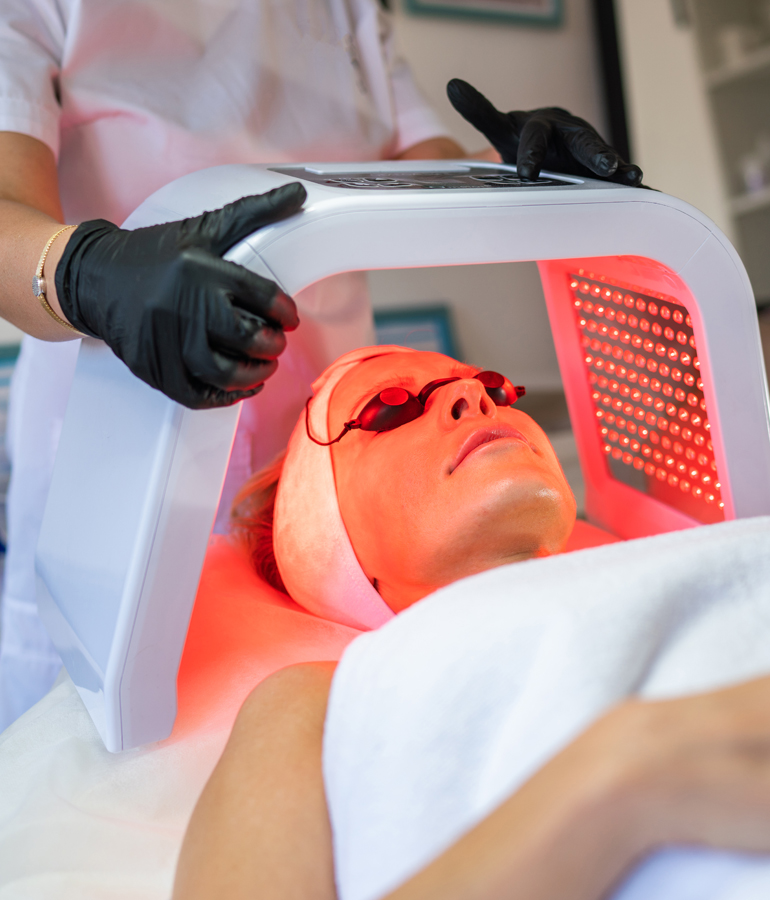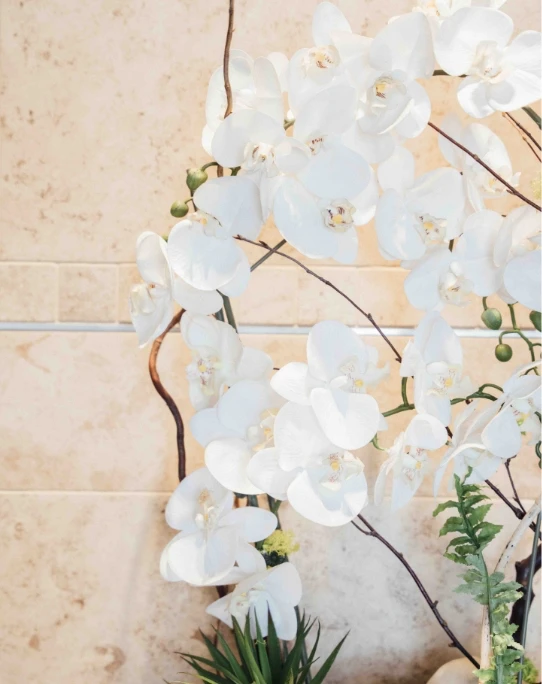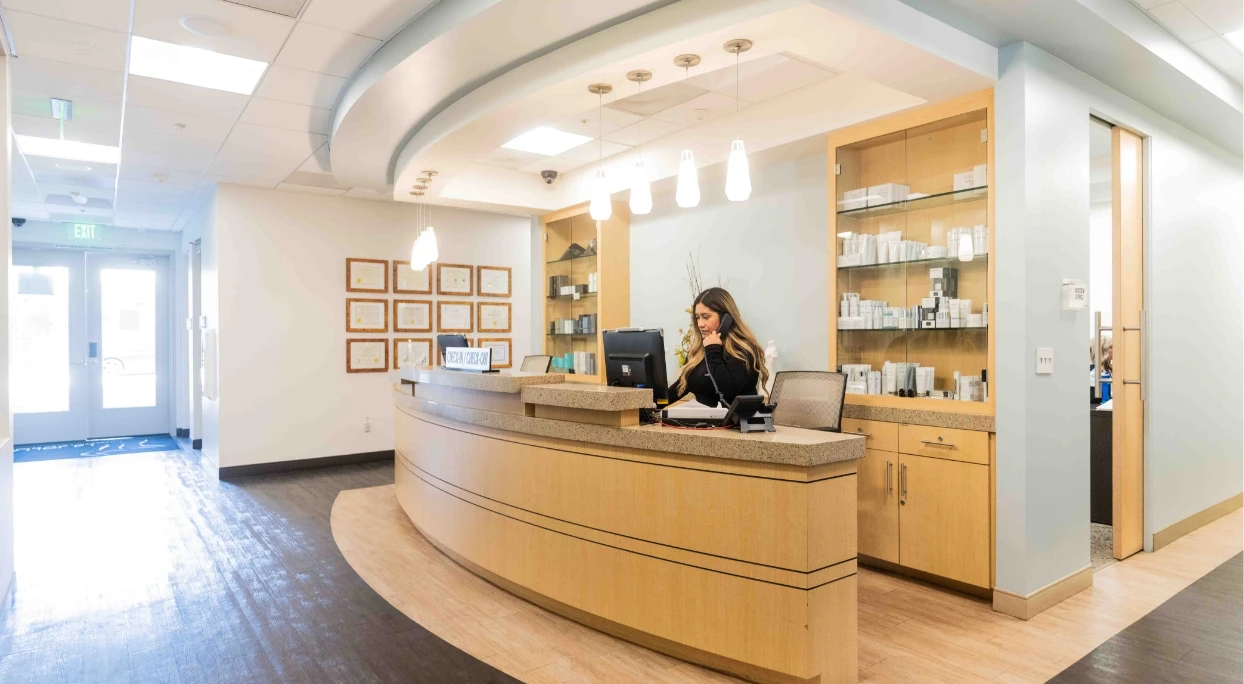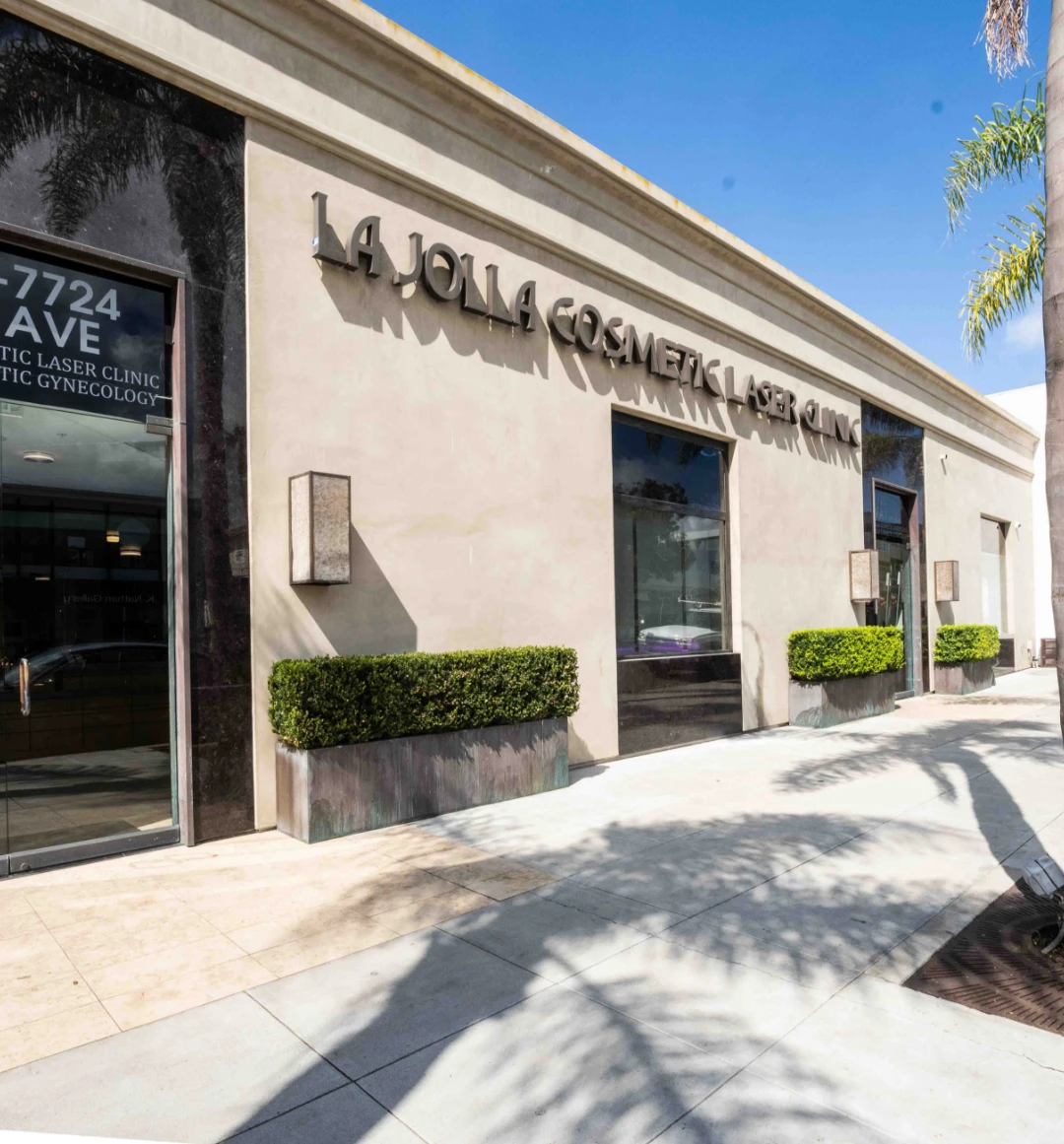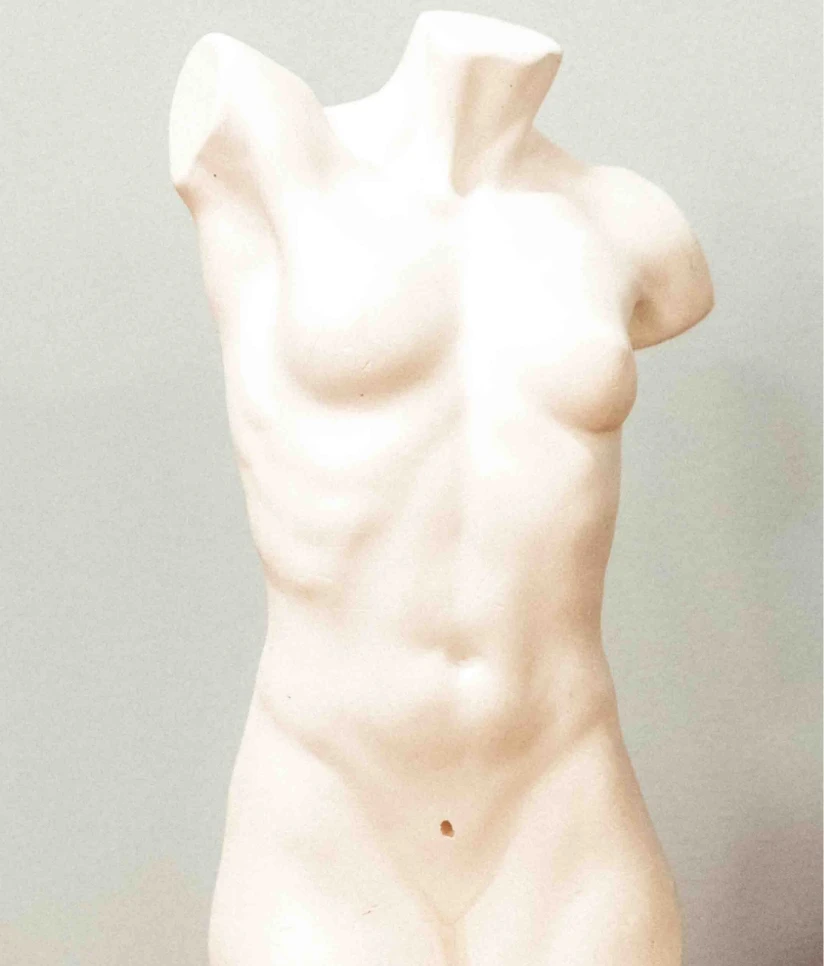- Home
- Dermatology
- Acne Treatment
- Actinic Keratosis Treatment
- Basal Cell Carcinoma Treatment
- Birthmark Removal
- Contact Dermatitis Treatment
- Cryosurgery
- Cysts removal
- Eczema Treatment
- Full Body Skin Exam
- Hyperhidrosis (excessive sweating)
- Hyperpigmentation Treatment
- Incision & Drainage
- Lipoma Excision
- Melanoma Treatment
- Melanoma Screening
- Melasma Treatment
- Mole Removal
- Nail Fungus
- Nail Surgery
- Rashes Treatment
- Rosacea Treatment
- Pediatric Dermatology
- Psoriasis Treatment
- Scar Removal
- Skin Cancer Screening
- Skin Cancer Surgery
- Skin Infection Treatments
- Squamous Cell Carcinoma Treatment
- Vitiligo Treatment
- Wart Removal
- Lasers
- Injectables
- Skin Rejuvenation
- Body
- Acne
- Gynecology
- Hair
- Conditions
- Our Practice
- Before & After Photos
- Before & After Videos
- Shop
- Resources
- Events & Specials
- Contact Us
Call us (858) 225-8380
